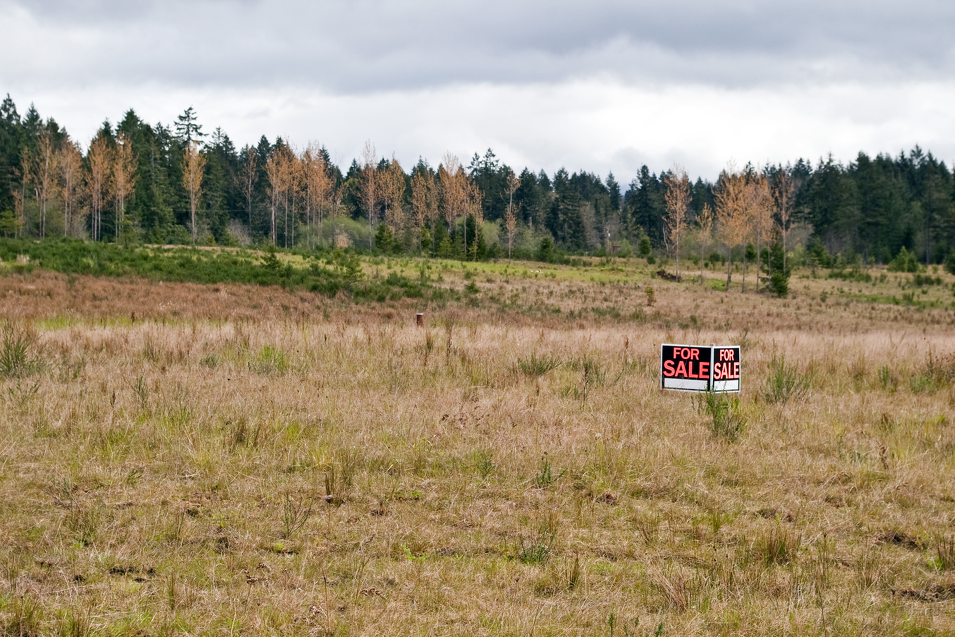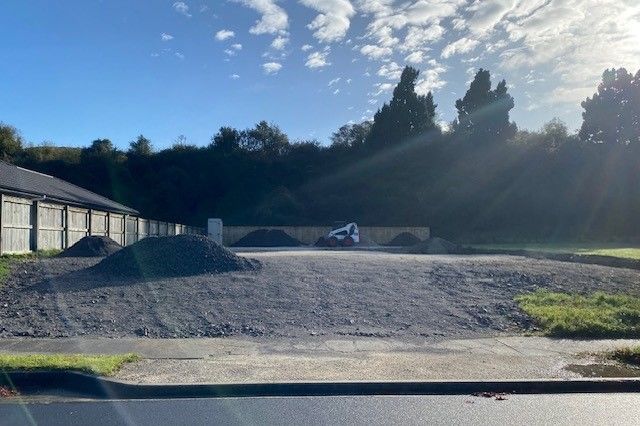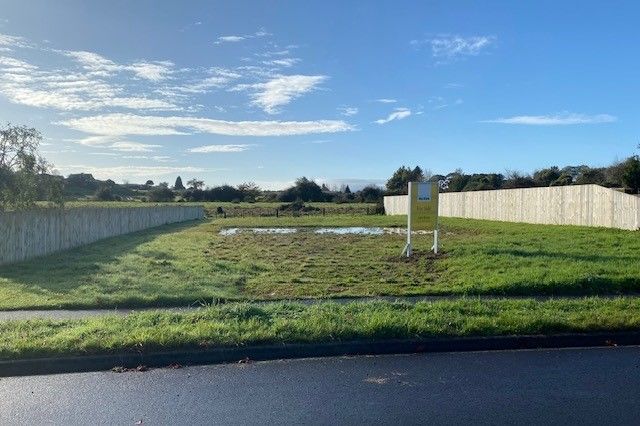
A changing market demands a shift in expectations
For years, investors and residential property purchasers have been relatively safe when betting on vacant land. There was a dire shortage of homes in New Zealand, and ongoing encouragement from the government and other bodies to develop subdivisions and build units on underutilised blocks – with almost guaranteed sales at the end of development.
But that’s changed in the past few years and not everyone has caught up with the new reality yet. “There’s a disconnect from what’s been said in the last several years to where we are now, and that’s impacting ordinary people as well as developer’s plans,” explains Mike James from TelferYoung from CBRE’s Rotorua office.
Read on to discover why this situation has changed, and what you need to know about the new reality for vacant land in New Zealand.
Five factors that challenge standard valuations
When the market was really hot, people saw subdivisions and new lots as a good opportunity to make some money. From mum and dads who were selling off part of their backyard to large-scale developers buying up big blocks to split off, everyone was wanting to buy land. But the reality has changed quite quickly.

Mike James offers his perspective from Rotorua on the factors that have contributed to the current situation.
1. Supply chain pressure
When COVID-19 hit our global supply chains, the cost to build increased dramatically. Building became expensive and difficult, leaving people who’d bought land thinking they’d build on it suddenly unable to take action because the cost to start or complete the build had gone up by so much. Now they’re left sitting with their vacant land, and can’t afford to do anything with it.
2. Interest rate rises
Interest rate increases also added to this pressure, with the cost of servicing a mortgage or other loan becoming more expensive. You’ve now got sections that have come on the market in the past year that buyers can’t afford to purchase and build on at current rates. These two factors combined make vacant land unappealing or unachievable for many average buyers.
3. The hidden cost of earthworks
One risk that isn’t immediately visible when buying vacant land is the council requirements for earthworks before you even begin building. This is a particular issue where there is known to be soft ground, a high water table, a sloping site, or potential for liquefaction and earthworks are required to create a stable building platform. You can’t build without it, but it doesn’t necessarily add value to your property, so purchasers have to be prepared to either absorb the cost or allow for the expense when negotiating the purchase price of the land.
4. The MDRS: the Medium Density Residential Standards
The recently introduced MDRS allows people to build up to three three-storey houses on a property without resource consent and applies to most of the main centres, including Rotorua. This has changed the way properties are viewed, as you now have an average Joe Bloggs saying ‘Yeah, I like the house’, while a developer might say ‘Actually, I can take the house away and build three units on there’. One person might be prepared to pay $600k for the house and land, while another might pay that for the land alone.
5. Misaligned expectations
Many large developers would have bought and worked on their subdivisions prior to 2020 with the expectation of achieving a certain sale price per lot to meet their needs and make it viable. However, with the rapid changes to affordability mentioned above, buyers are now unable to or don’t want to pay that section price. There’s a gap between what developers need and what purchasers are willing to pay for a vacant section.

The middle ground between competing perspectives
When valuing vacant land, our job is to identify these different challenges and perspectives: what is the potential, what are the risks, and what individual circumstances apply?
If you’re buying, we dig into the questions that count: what are those units going to be worth once they’re built? Are you over-capitalising? Are you paying too much for the land in the first place?
People tend to think, ‘I paid X for the land, and it’ll cost Y to build, therefore it should be worth X + Y’, but it’s not as simple as that. There are other factors to consider such as location, the value of the surrounding properties, the number of other new or high-density builds in the area, and the design and quality of what you’re building.
House and land packages as marketed by building companies can add to this misunderstanding of how values work, as their split doesn’t necessarily reflect the market value of the land, rather it’s a value that makes their package work.
For sellers, we can help you understand the market: what’s the land actually worth, and who are your buyers likely to be? What’s the realistic price those buyers can pay? Many buyers in the current market aren’t taking that risk to purchase and develop, but there are still some big players who are prepared to pay for land because they can build more cheaply than others.
TelferYoung from CBRE, your local team on the ground
Depending on what your plans are and where you’re doing it, you've got to make sure it all stacks up so you’re doing the right thing to get the right outcome. We look at the bigger picture and offer advice and education to help you make the right decisions.
